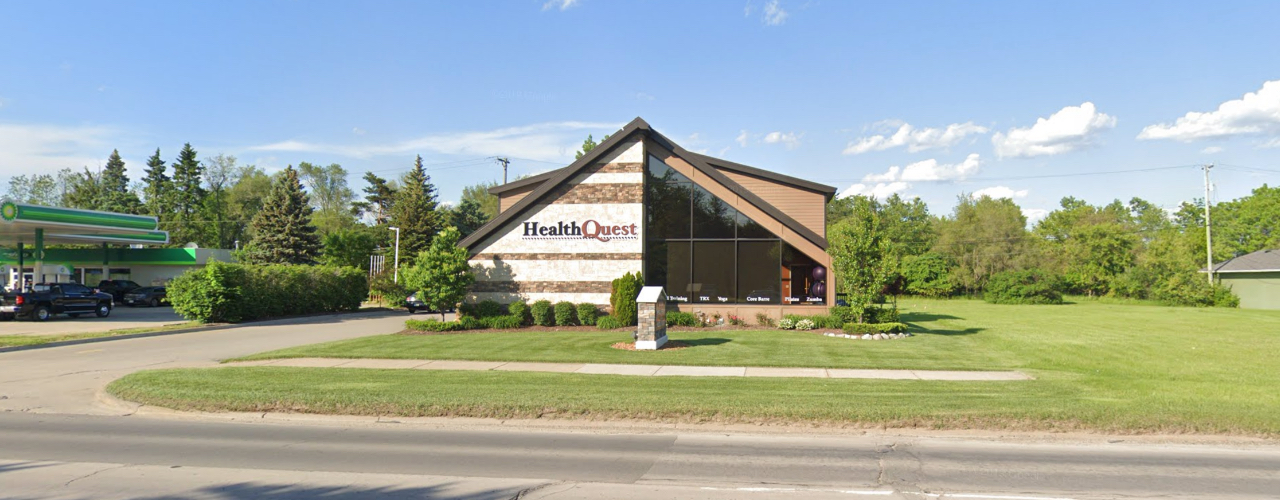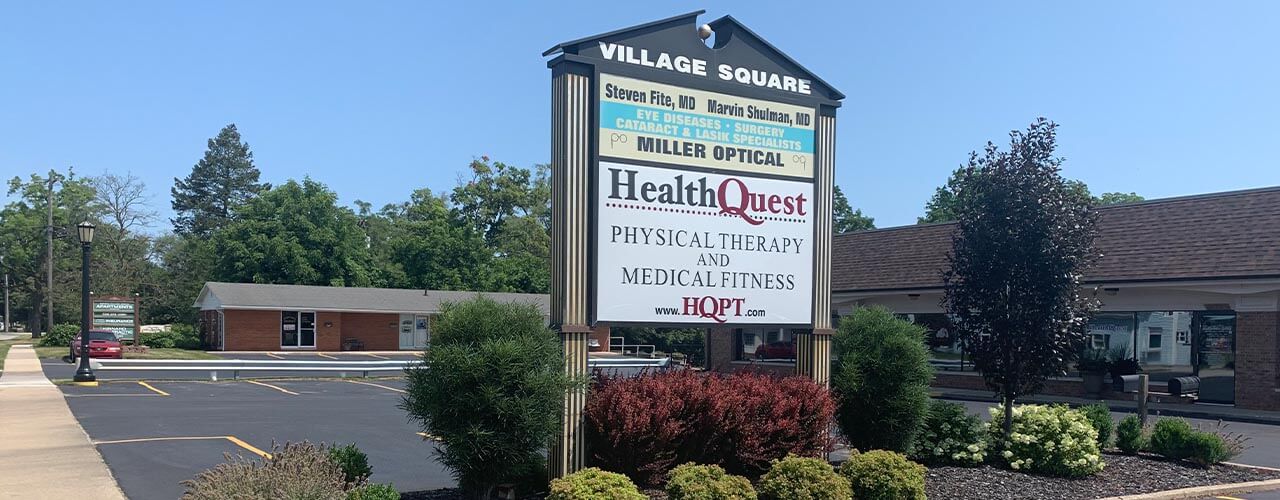
WHAT ARE MODALITIES?
Physical therapists are trained in the therapeutic application of various basic physical agents that we call “modalities” (therapeutic modalities, physical modalities). In simple terms, modality refers to the tool that your therapist uses to help strengthen, relax, and heal muscles. In conjunction with therapeutic exercise, neuromuscular re-education, and manual therapy techniques, modalities can be helpful tools to lead you to recovery. Depending on your needs, your treatment program may have one modality or 10.
Common Modalities include:
1) Electrical Stimulation
While it may sound a bit intimidating, electrical stimulation isn’t at all! When used correctly and provided under the guidance of a licensed and skilled physical therapist, electrical stimulation is a safe and effective modality that can treat various conditions. We refer to is as “e-stim”.
What is e-stim?
Several electrical stimulation modes use different currents intended to stimulate other nerves in various ways. These include transcutaneous electrical nerve stimulation (TENS), interferential, pre-modulated, Russian, and symmetrical or asymmetrical bi-phasic methods. Don’t let the words confuse you, though. Your physical therapist will decide the right one to meet your unique needs. While individual units and delivery modes can vary, the standard electrical stimulation device utilizes self-adhesive electrodes placed around the target treatment area on the body. These electrodes are connected via wire leads to the unit, through which electricity can pass and ultimately interact with sensory and/or motor nerves (depending on the type of current utilized).
2) Iontophoresis
Iontophoresis is a form of electrical stimulation that physical therapists use to administer medication into a patient’s body through the skin. It is a therapeutic modality that is used in some specialized treatment plans based on the needs of the patient. It can treat various conditions, such as bursitis, tendinitis, or scar tissue management.
3) heat or ice
Heat and ice are commonly used as therapeutic approaches in physical therapy. These can help manage pain, reduce inflammation, and promote healing. The choice between heat and ice depends on the specific condition and stage of injury.
4) Ultrasound
Ultrasound is mechanical energy used for many years to treat chronic pain and improve healing. Our physical therapists can use ultrasound therapy to treat injuries and reduce pain in several ways.
How Ultrasound Technology Works
It is the use of sound waves to treat a variety of muscle, bone, and ligament conditions. The sound waves cause vibrations, which generate heat. When tissues in the body vibrate, the friction occurs at the molecular level. This ultimately causes the temperature in the tissues to rise. This is one of the many advantages that ultrasound application provides. It can penetrate the tissues in ways that a hot pack cannot. During a physical therapy appointment, gel or another medium is used on the applicator’s surface to minimize friction and promote the transmission of ultrasound waves. Your tendons, ligaments, and connective tissues then absorb the waves. Ultrasound’s purpose in PT treatment is to increase Blood Flow, Reduce Swelling and Inflammation, and Promote Tissue Healing.
Individualized care
Individualized care is a fundamental principle in physical therapy. To develop personalized treatment plans, physical therapists assess each patient’s unique needs, medical history, and current condition. The use of modalities is specific to the individual and the injury or condition. We have many tools and treatment specialties that help us get patients back to what they love to do.
40+ CONVENIENT LOCATIONS
the benefits of modalities
with physical therapy
Modalities are used to reduce pain and joint swelling, reduce muscle spasms, restore functional joint mobility, increase local blood flow to injured tissues and deliver medications subcutaneously in conjunction with other procedures.




























